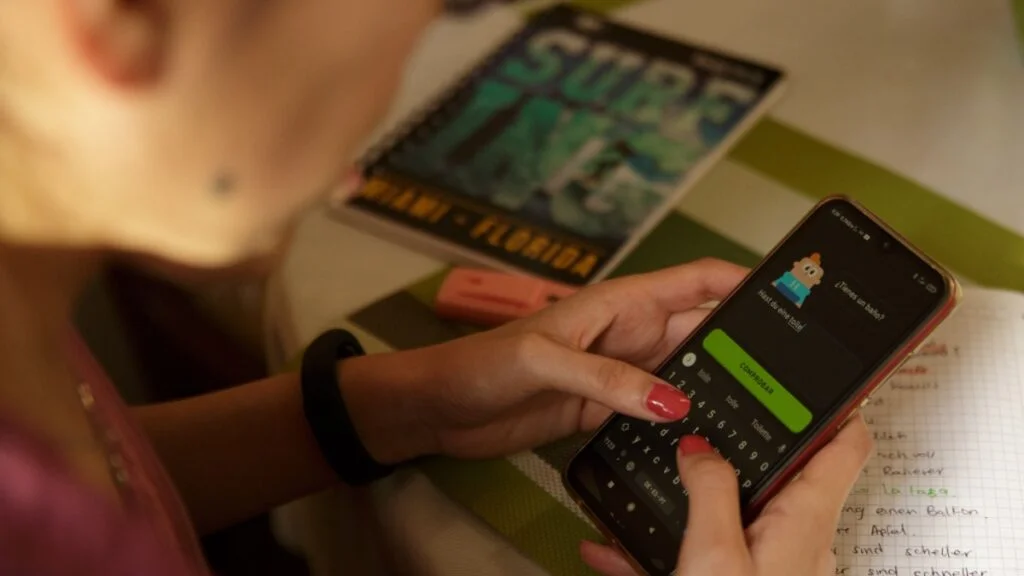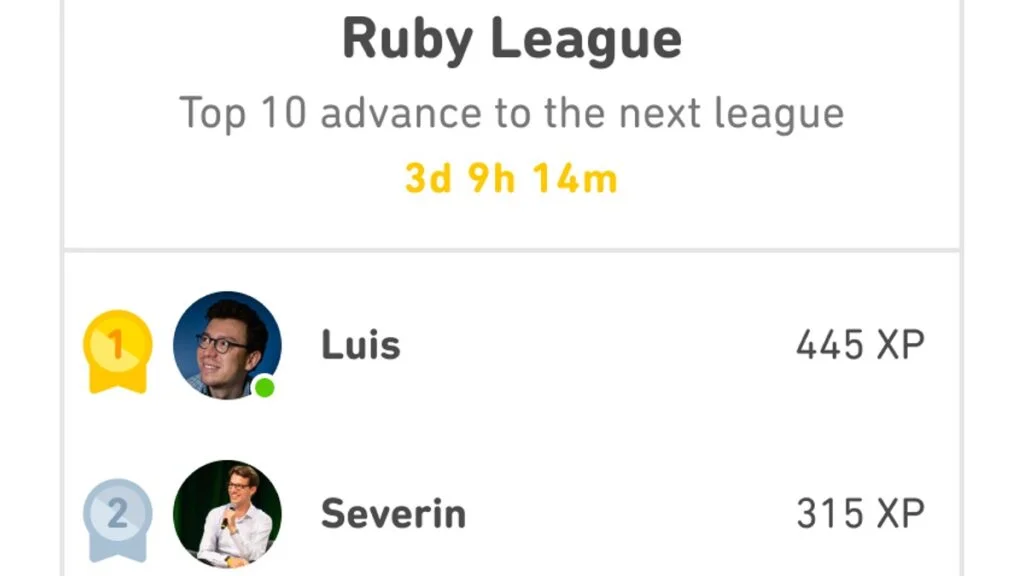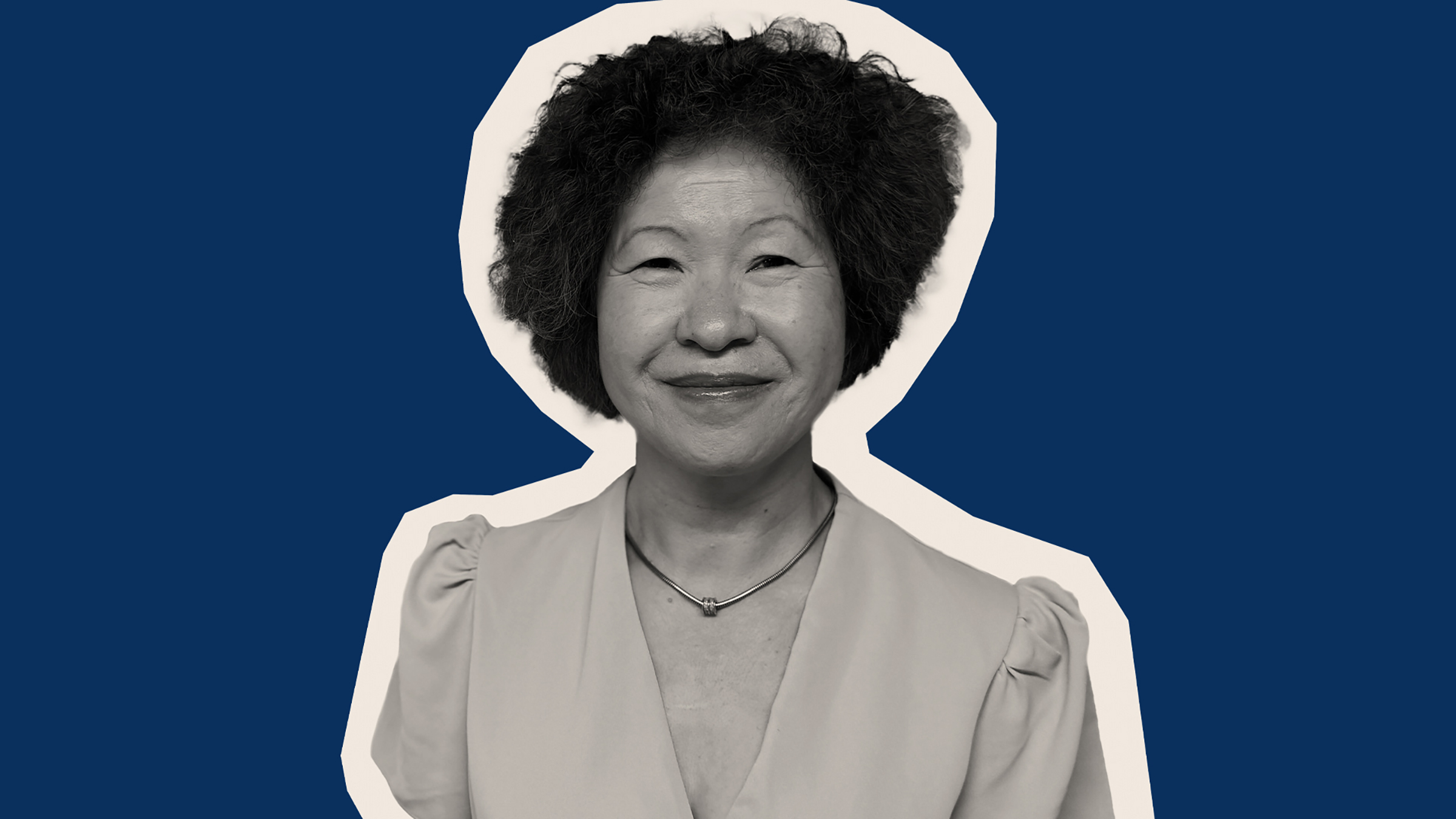
When you see people engrossed in their phones with headphones on, they are often immersed in music, podcasts or downloaded videos. But another strong possibility is that they are language learning on the go. The free Duolingo app, the largest digital language-learning platform, has a staggering 97 million monthly users globally.
You could argue it’s one of the more productive ways to harness our addiction to our phone screens. It’s a chance to educate our minds, rather than simply distract them. And it taps into a deep desire to learn and improve ourselves.
So what languages do people actually want to learn, what motivates them to make these choices and how do language businesses help them achieve their goals?

Which languages do people want to learn?
A study last year by the British Council found that a quarter of UK adults regretted not learning another language fluently. The one most would have liked to pick up is Spanish, the most popular language to learn in the UK at school, with French coming second (even though most Brits agree French is the most important language to learn, since France is our nearest neighbour).
On Duolingo, English, Spanish and French are the most popular languages to learn on the platform globally, in that order.
Duolingo is free to most of its customers, who watch adverts between lessons (only around 8 per cent pay for premium features). Another big global platform for language learning is Babbel, based in Berlin and New York. Learners have bought more than 16 million subscriptions since it was launched in 2007. Its biggest market is now the US.
As English is the most popular language to learn in the world you might think it would be the most popular language to learn in the US, since so many immigrants arrive there without speaking it fluently and they need to acquire it to improve their job prospects. But, in fact, Spanish is the most popular language to learn in the land built by immigrants, according to Babbel (and indeed Duolingo). More specifically, Babbel’s most popular course is ‘Mexican Spanish’.
The reasons for wanting to learn a new language
The reason Babbel developed a ‘Mexican Spanish’ course in addition to ‘Castilian Spanish’, is because people in the US need to be able to communicate with their business partners and with friends and family from Spanish-speaking areas such as Mexico.
“We had one user who was an English-native-speaking postman,” says Babbel’s CEO Arne Schepker, “and he could never quite communicate with those around him in his [predominantly Spanish speaking] community.
“He wrote us an email to thank us, saying ‘I’ve now become part of this society, I’m no longer the anonymous mailman, I’m now part of the group because I speak Spanish.’”

Customer feedback also tells them that there are sports teams, for example baseball, where the English native speakers learn Spanish and the Spanish native speakers learn English, says Schepker.
The other simple reason that Mexican Spanish is popular in America, Schepker points out, is that people in multicultural relationships want to learn each other’s languages. Mexico is also a popular vacation destination for Americans, being a neighbouring country.
Interestingly, English is one of the top five most popular languages to learn in the UK on Duolingo, mainly because immigrants want to learn it – in recent years bolstered by Ukrainian refugees.
Online TV shows, which now transcend national borders thanks to Internet platforms like YouTube, are another motivating force.
Vera Demertzis, a journalist from Australia, has been learning Scottish Gaelic for two years using Duolingo – one of 1.8 million people doing so on the app. Her initial motivation was to understand the Gaelic in TV show Outlander. She’s since been on holiday to Scotland visiting locations connected to the show.

Global hit Turkish soap operas, like The Sultan, are another driver for language learning. In fact, Duolingo’s data reveals that cultural phenomena of all types can inspire people to start learning a language.
The rise of K-Pop and K-dramas has led to a spike in interest in Korean on the app, explains Colin Watkins, a Duolingo representative in the UK. Korean overtook Italian to become the sixth most popular language to learn, according to its most recent annual report. Hindi has been on the rise in America, as second and third generation Indian immigrants want to pick up the language.
Geopolitical events can influence language uptake too. Russia’s invasion of Ukraine led to a decline in people wanting to learn Russian on the app and an increase in those wanting to learn Ukrainian, partly so hosts could communicate with refugees.
In western markets people tend to learn for pleasure, says Watkins, including, increasingly, many older people who do it to keep mentally active, with studies suggesting it can stave off dementia. In developing countries, people are more likely to learn a language for their personal economic advancement, to get better job prospects.
Games and competitions incentivise individuals learning online
Big language learning providers like Duolingo, Babbel and Rosetta Stone want us to stay the course and persevere in learning a language. They are using all the digital tricks they can to focus our attention.
Consistency is the key to success, but not everyone has the grit to keep going when they do it on their own. One of the ways the Duolingo app incentivises its users is by setting up competitions between friends and creating league tables with strangers.
On Duolingo you build a streak by doing lessons daily and can lose it all if you skip just one day. Notifications and badges remind you of your progress.

Users who enter these competitions are 5.6 times more likely to complete their course. British people like using the leaderboards, with 56 per cent doing so regularly, according to Duolingo’s research.
But not everyone agrees that the ‘gaming’ model, which is supposed to be compelling and addictive, is the best way to learn.
“We focus on motivated learners,” says Babbel’s CEO Schepker, “who want to tell a joke in another language, and not just gain survival or task-completion skills. That kind of learner knows that language-learning is not a game and they are willing to put money into it. We take language-learning seriously.”
The hybrid approach works for many
There are common problems that come with digital language learning, whether you do it on Duolingo, Babbel, or other popular ones like Rosetta Stone, Wall Street English, Mondly and Busuu. Demertzis struggles with a general lack of grammatical context, rules or explanation in her daily routine learning Scottish Gaelic on Duolingo, she says.
However, her bigger fear is that the lack of face-to-face learning means she is not sure if she is pronouncing words correctly. Schepker agrees that the lack of any human interaction can be an issue in digital, language-learning.
“An ah-ha moment led to our [current] hybrid-learning approach”, says Schepker. Babbel now incorporates live video lessons with tutors after what it observed during a customer focus group.
Most of the customers were doing Skype lessons on the side or were watching YouTube videos to supplement their Babbel lessons, recalls Schepker. So Babbel decided to learn and embrace this.
Wall Street English has also adopted the hybrid model, with the lockdowns of the pandemic prompting the pivot. The company has more than 300 language learning centres in 35 global territories. The company managed to move more than 100,000 students who had purchased in-person training courses from physical into virtual teaching in under three weeks without any losses of contracts.
Now the dust has settled, hybrid is proving the most popular solution for students. Currently, about half of the firm’s 200,000 students opt for a hybrid approach, says CEO James McGowan, with 23 per cent choosing in-centre learning only and 19 per cent learning exclusively online.
While online platforms can make learning more streamlined, which customers value because time is precious, human teachers do have one advantage, says McGowan: they create “a sense of accountability”.
Don’t forget the benefits of face-to-face learning
Language tutors can help to personalise the learning experience when they tune in by remote video call. But some language teachers argue the best learning experiences happen when the teacher is in the room with you.
“Language teaching is a human thing,” says Raphaële Crano, a native French speaker, who has taught her mother tongue in London since 2007.

She occasionally teaches by online video calls and agrees it can be very convenient – a sentiment she especially feels after she has cycled through the rain to reach a student’s home. But she also thinks the bond between student and teacher is much stronger when they are in the same room.
“We feel definitely closer and it helps with the process of learning,” says Crano. “Feedback on pronunciation is important. But also, part of a teacher’s training is to adapt to a specific type of learner – and that is much easier in person.”
While those in-person tutors can rely on old-fashioned human intuition to read their customers’ needs, modern digital language companies are digital behemoths, who can interrogate data to unravel the mysteries of that ancient human desire: to communicate with a stranger.
Related and recommended

Tom Crowley explains his philosophy for running successful high street food businesses

The travel tour entrepreneur’s business is thriving after the pandemic because she listened to customers

Empowering employees to take ownership of decisions is vital to success, but they must accept the privilege and responsibility too

Fashion entrepreneur Dessi Bell explains why customers are looking for something different when they shop on the high street

